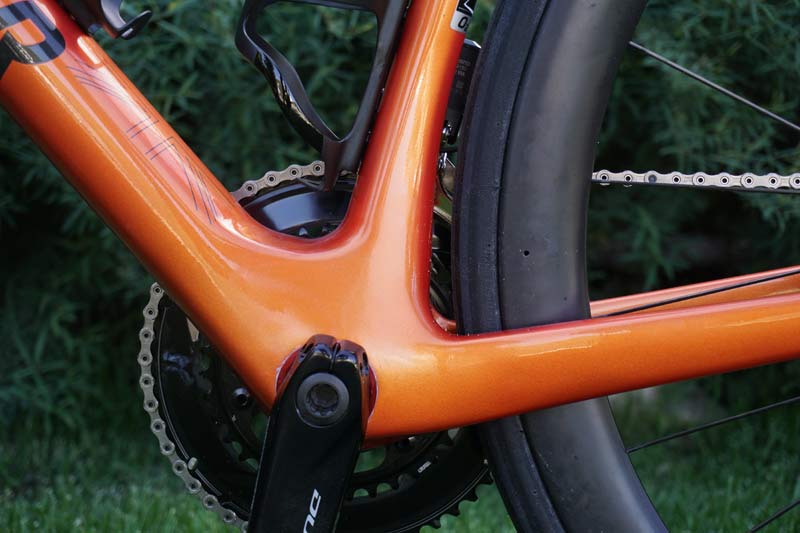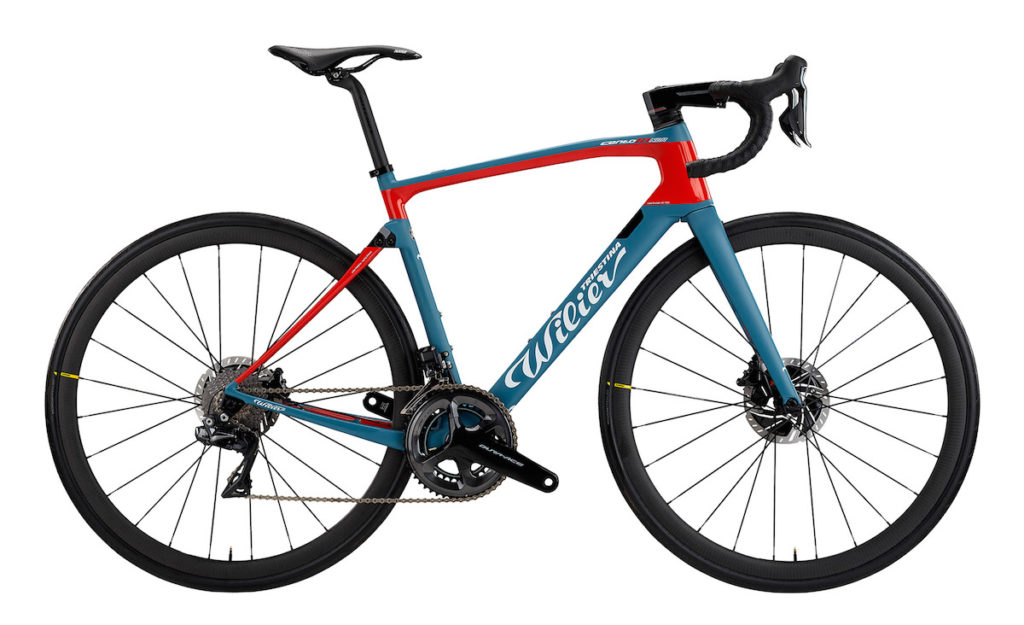
So let’s show you some, real life, typical intensity factor values.

And by knowing if you have completed the right training you know if you are on the right track to achieve your goal. By evaluating the intensity factor (in combination with other factors) of your training you can analyze whether you have achieved the intended training effect.
Factor endurance bike how to#
When you know what is needed to achieve your goal, it is also clear how to train for it. Effective training means that every training session contributes towards your goal. The importance of the intensity factor becomes clear when you start training as effectively as possible. A TSS of 100 can be a very long endurance ride of three hours or an all-out time trial of one hour at FTP. Unlike the Training stress score (TSS), the intensity factor really shows how intensive a workout was. But it does not look at the length of the ride which means that it is not affected by, for example, muscle fatigue during a long ride (which can cause a distorted picture). Normalized Powerīecause it is based on Normalized Power and not on average power, it takes into account the variation in power during a workout. The result should be somewhere between 0.6 (very long or slow rides) and 1.2 (short and very intensive rides). The intensity factor is obtained by dividing the NP (Normalized Power) by the FTP (Functional Threshold Power).

Let’s first look at how it is calculated.

This article explains why it is so useful and how to interpret the number. The Intensity Factor (IF) is a very useful indicator.


 0 kommentar(er)
0 kommentar(er)
